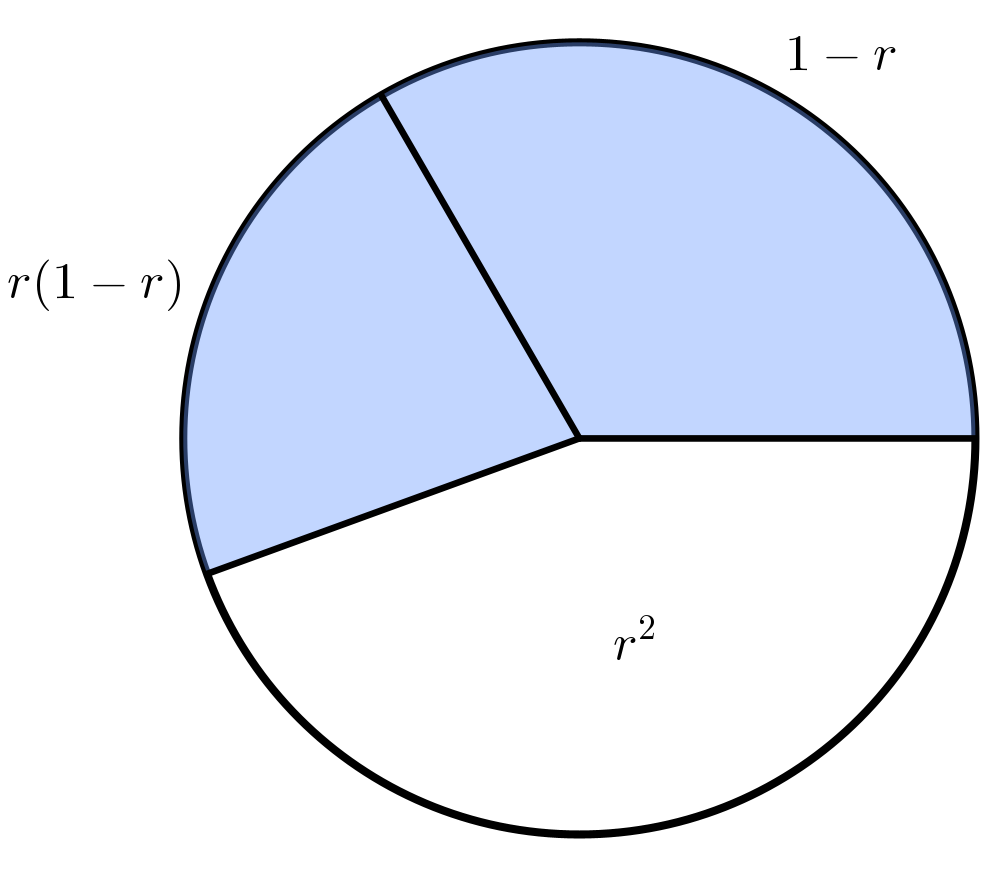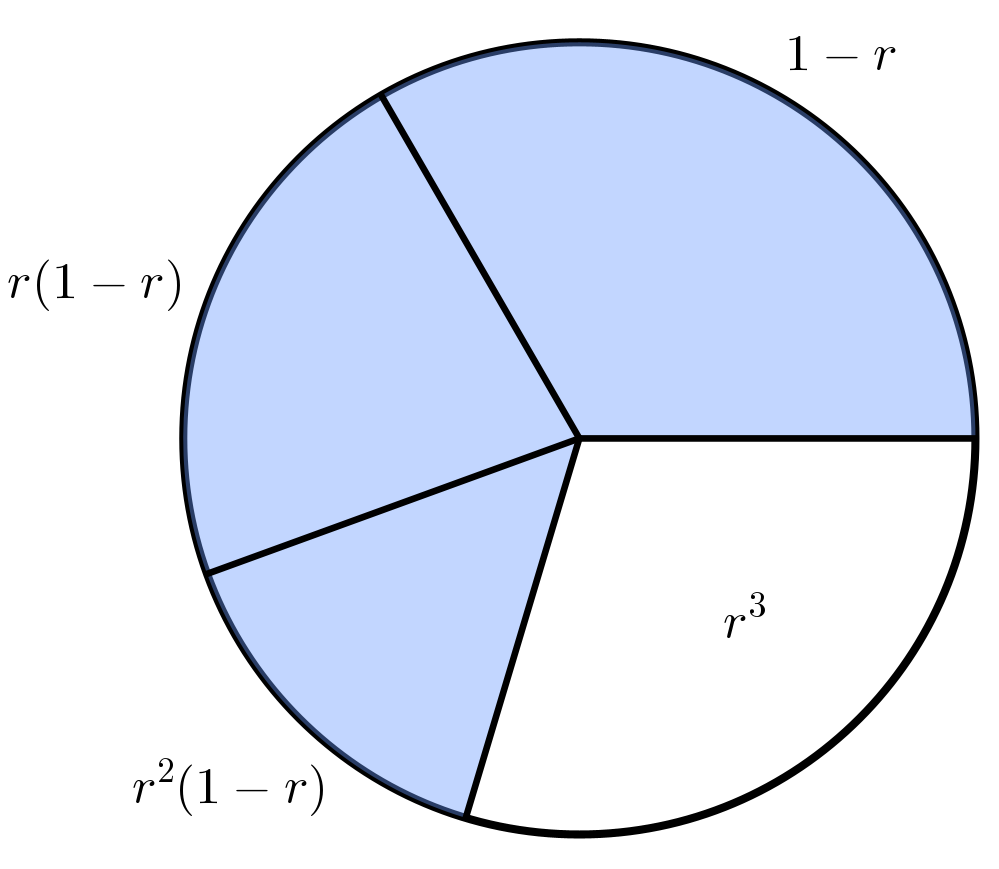Let’s divide this into four cases: when
\(p\leq 0\text{,}\) when
\(0\lt p \lt 1\text{,}\) when
\(p=1\text{,}\) and when
\(p\gt 1\text{.}\)
Note that for
\(\frac{1}{k^p}\) with
\(p\lt 0\text{,}\) we can write this as
\(k^{|p|}\text{.}\) Now we can consider the limit of the terms, in order to use the
Divergence Test.
\begin{equation*}
\lim_{k\to\infty} \frac{1}{k^p} = \lim_{k\to \infty} k^{|p|}
\end{equation*}
Since this limit is non-zero (since it is either \(\infty\) or 1, depending on whether \(p=0\) or not), the series diverges by the Divergence Test.
When
\(0 \lt p \lt 1\text{,}\) we can apply the
Integral Test to the series. It is worth showing that the conditions of the test are met, but this is left up to the reader.
So now we will consider the integral \(\int_{x=1}^\infty \frac{1}{x^p}\;dx\) as a way of seeing whether the series \(\sum_{k=1}^\infty \frac{1}{k^p}\) converges or diverges.
\begin{align*}
\int_{x=0}^\infty \frac{1}{x^p}\;dx\amp = \lim_{t\to\infty}\int_{x=1}^{x=t} \frac{1}{x^p}\;dx\\
\amp = \lim_{t\to\infty} \left(\frac{x^{1-p}}{(1-p)}\right)\bigg|_{x=1}^{x=t}\\
\amp = \lim_{t\to\infty} \frac{t^{1-p}}{1-p} - \frac{1}{1-p}
\end{align*}
We can note that since \(0\lt p \lt 1\text{,}\) that \(1-p\gt 0\text{.}\) This means that when \(t\to\infty\text{,}\) \(t^{1-p}\to\infty\) as well.
\begin{equation*}
\int_{x=0}^\infty \frac{1}{x^p}\;dx\ = \lim_{t\to\infty} \frac{t^{1-p}}{1-p} - \frac{1}{1-p} = \infty
\end{equation*}
This integral diverges, and so then does the series.
We can repeat the proof from
Case 2, but we will end with a different conclusion based on the sign of the exponent! Let us, again, apply the Integral Test.
Consider the integral \(\int_{x=1}^\infty \frac{1}{x^p}\;dx\) as a way of seeing whether the series \(\sum_{k=1}^\infty \frac{1}{k^p}\) converges or diverges.
\begin{align*}
\int_{x=0}^\infty \frac{1}{x^p}\;dx\amp = \lim_{t\to\infty}\int_{x=1}^{x=t} \frac{1}{x^p}\;dx\\
\amp = \lim_{t\to\infty} \left(\frac{x^{1-p}}{(1-p)}\right)\bigg|_{x=1}^{x=t}\\
\amp = \lim_{t\to\infty} \frac{t^{1-p}}{1-p} - \frac{1}{1-p}
\end{align*}
Now, though, we have \(p\gt 1\) which means that \(1-p \lt 0\text{.}\) This means that \(t^{1-p} = \frac{1}{t^{|p-1|}}\text{.}\) So now we will consider the limit, and note that as \(t\to\infty\text{,}\) we get \(\frac{1}{t^{|p-1|}}\to 0\text{.}\)
\begin{equation*}
\int_{x=0}^\infty \frac{1}{x^p}\;dx\ = \lim_{t\to\infty} \frac{1}{(1-p)t^{|p-1|}} - \frac{1}{1-p} = -\frac{1}{1-p}
\end{equation*}
This integral converges, and so then does the series. We remember, though, that the series converges to something different than the integral, and so we do not know what the series converges to.




